China’s Bioluminescent Blue Tears Are Beautiful and Associated With Toxic Blooms
And scientists are making new discoveries about them using satellite imagery.
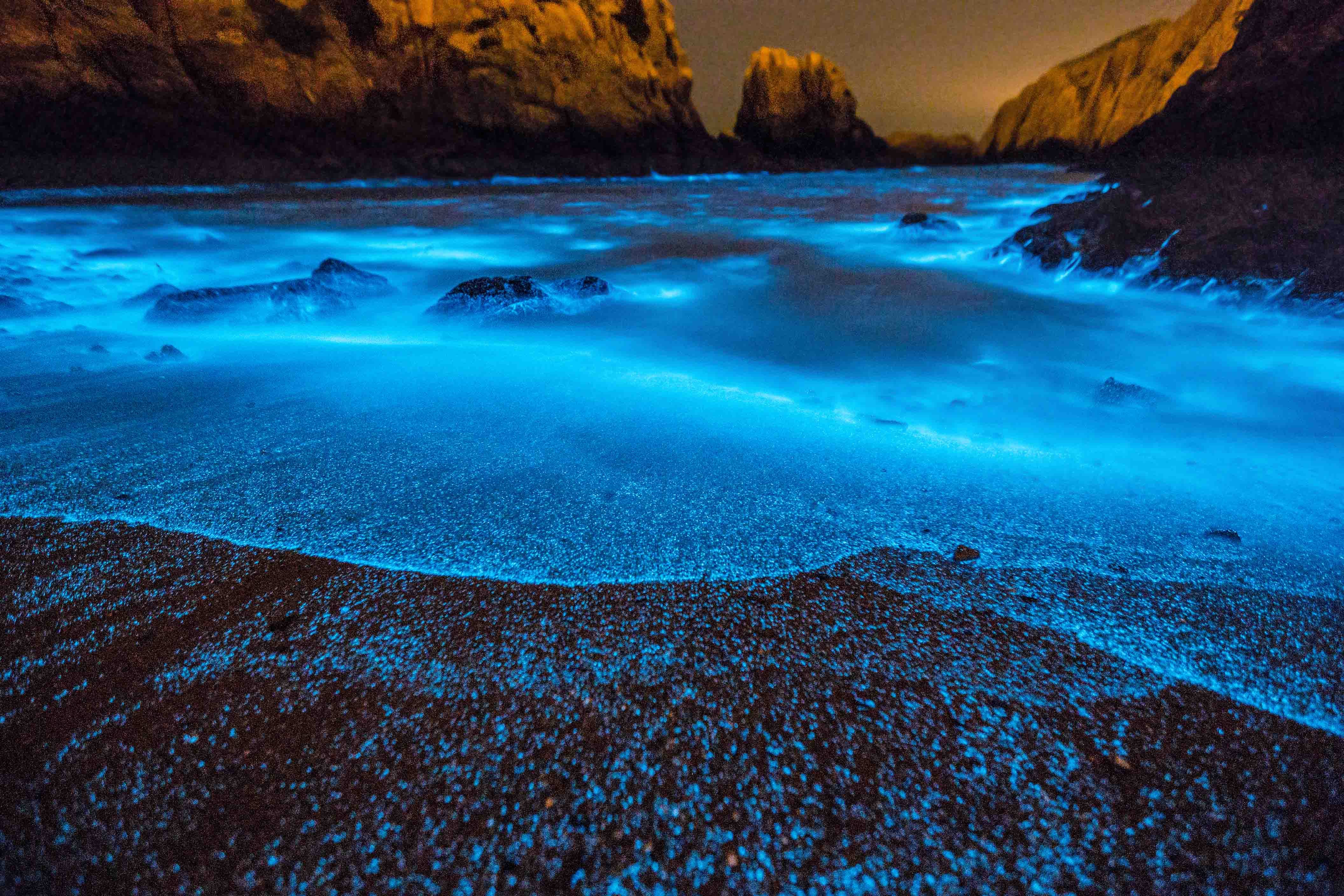
Along the Chinese coast of the East China Sea and around Taiwan’s Matsu Islands, depending on the time of the year, fluorescent blue sparkles dance across the ocean’s surface. It sounds—and looks—like something dreamed up by Pixar, but China’s “blue tears,” as they’re known, are a naturally occurring phenomenon. New research is bringing scientists a step closer to understanding just how they work.
The blue tears are, surprisingly, caused by red Noctiluca scintillans, balloon-shaped, single-celled microorganisms known as dinoflagellates. These tiny creatures give off a bioluminescent glow when they are disturbed, and the larger the collection of them, the more spectacular the light show. However, red N. scintillans is associated with red tides, blooms of algae and other microorganisms that can sap water of its oxygen and produce conditions toxic to other forms of marine life. Tracking blooms of these dinoflagellates is no easy task, since they’re not entirely predictable. A study just published in Geophysical Research Letters offers a new approach to studying these red tides.
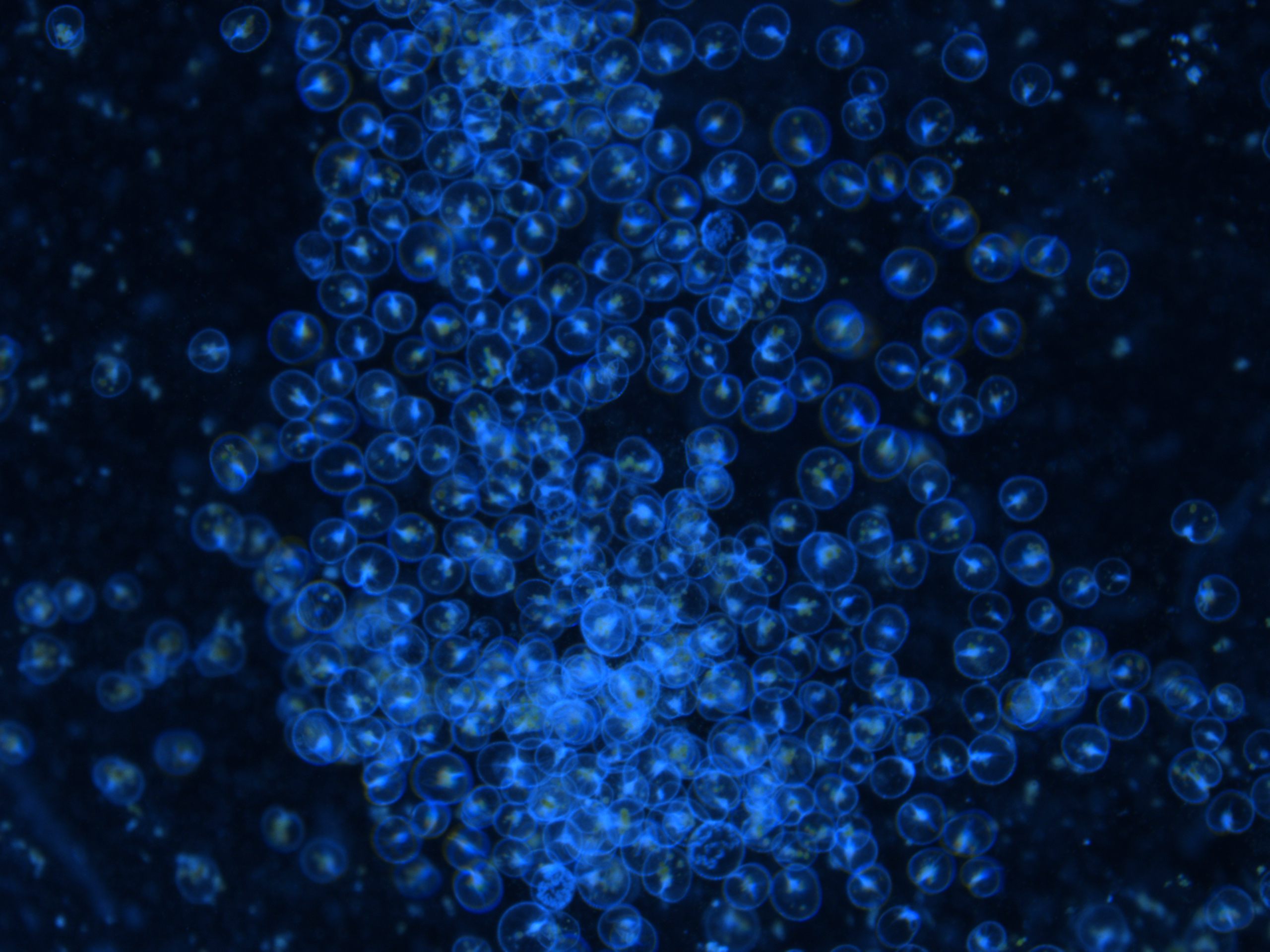
In 2000, a Belgian research team found that red N. scintillans (as opposed to the green variety) scatter more red light than any other microorganism in the ocean, so in addition to the light they emit, their formation and movement can change the overall color of ocean water. Scientists from the National Taiwan Ocean University, the University of South Florida, and several universities in China searched for these changes using special sensors on two NASA satellites and the International Space Station. Almost 1,000 images covering 17 years were painstakingly investigated for color patterns. The research team was able to identify the color patterns of red N. scintillans blooms, and found that they can occur farther away from the shore and in warmer water than previously observed.
According to Chuanmin Hu, from the University of South Florida and coauthor of the study, this gap in knowledge could be because, to date, researchers have only been able to study the creatures from ships, which restricts where and when they can get out to them. “In contrast, satellite images can show algae features in more extensive regions and in different months,” says Hu, via email.
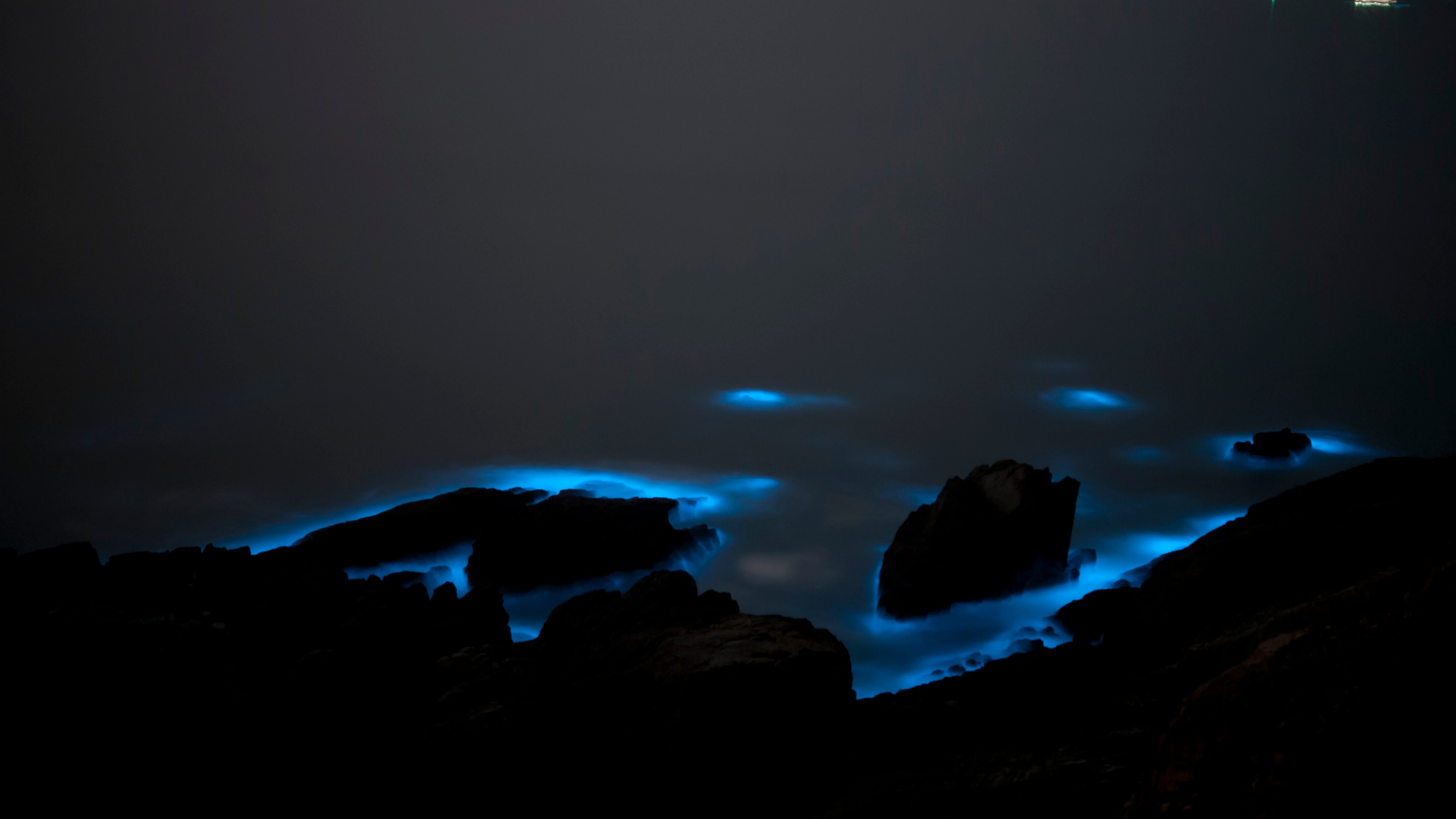
The satellite imagery also revealed that these blooms are becoming more abundant in the region. Hu believes this may be a direct result of development along China’s coast, expanded use of aquaculture, and heavy agricultural runoff. “Coastal eutrophication is speculated to be a major reason of the observed increases,” says Hu. The nutrients from increased use of fertilizer in China, according to the study, could be causing the dinoflagellates to become more abundant, says Hu.
The new, wide-ranging data are going to be useful, but there’s still a lot we don’t know about this striking phenomenon. “The bluish bioluminescence of [red N. scintillans] is fascinating and beautiful. At the same time, it plays a role in ocean ecology, so more research is required to go beyond the beautiful phenomenon to better understand this role.”

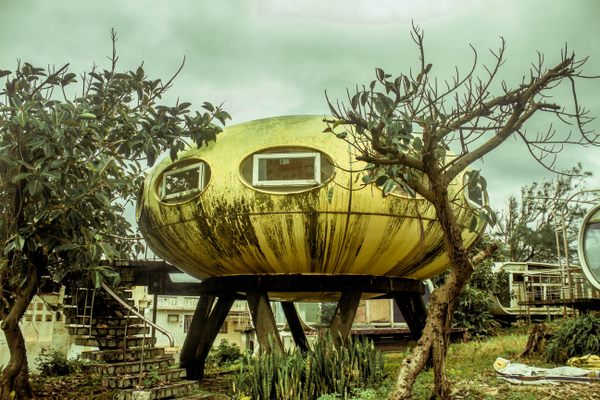

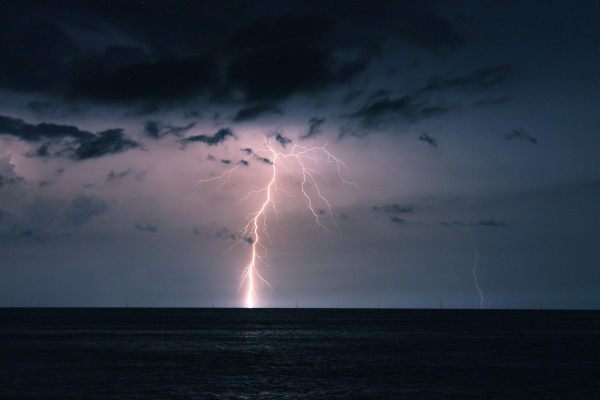


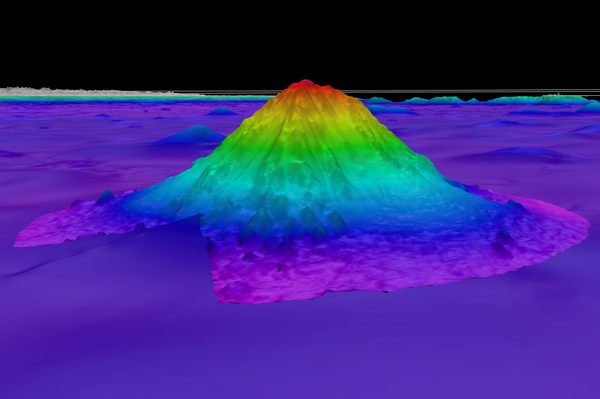














Follow us on Twitter to get the latest on the world's hidden wonders.
Like us on Facebook to get the latest on the world's hidden wonders.
Follow us on Twitter Like us on Facebook